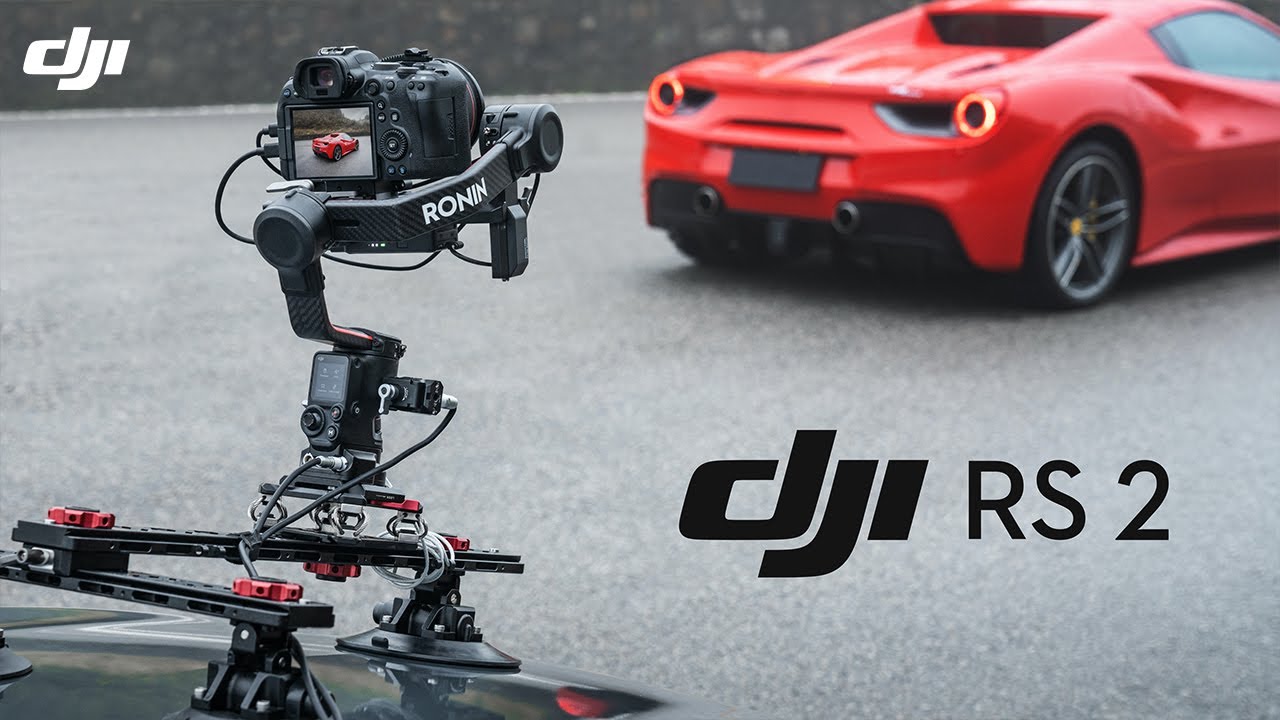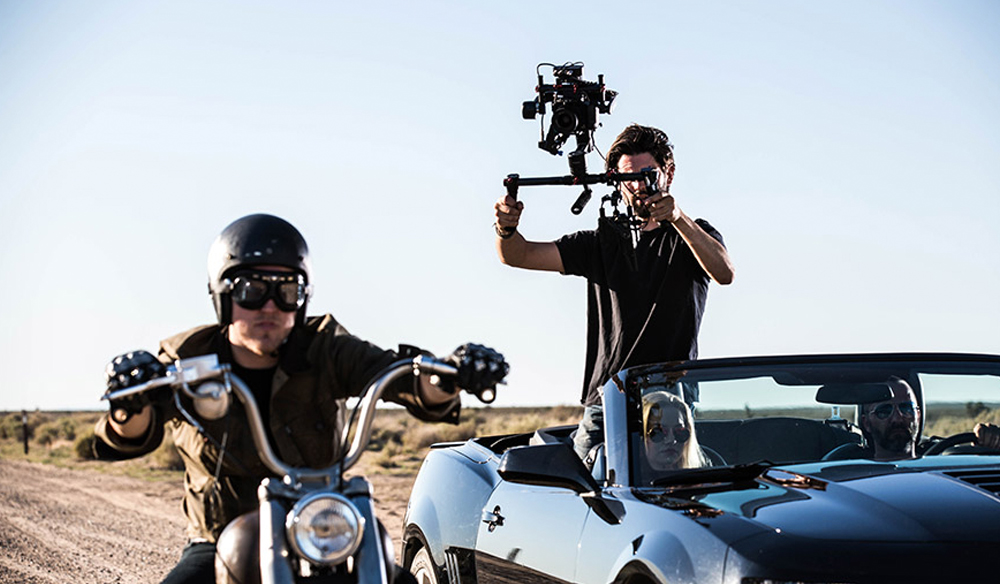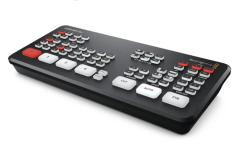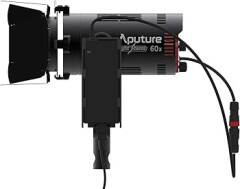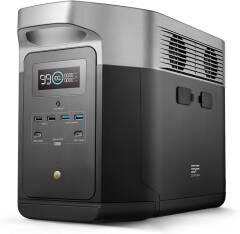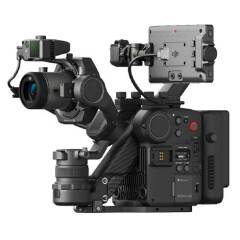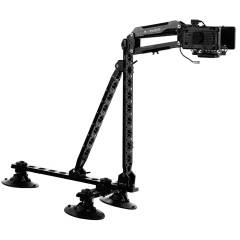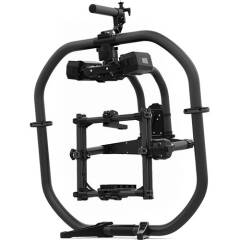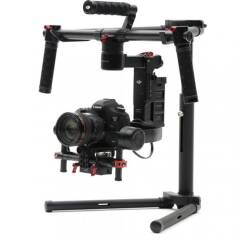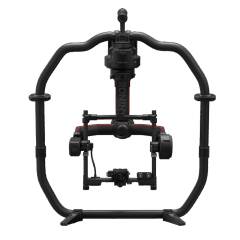Categories
Gimbals: The rise of affordable stabilisation (and how DJI captured a market no-one knew existed)
It wasn’t too long ago, before the introduction of cheaper gimbals, that the phrase ‘we need a steadycam shot’ was a sentence that sent a chill through the spine of production managers looking to keep on top of production budgets. Cameras were big and bulky, and the equipment to keep them reliably stabilised was expensive, very difficult to use and physically demanding, resulting in the need for specialist steadycam operators who did not come cheaply.
As technology has developed and cameras have become smaller and lighter, manufacturers realised that the weight was suddenly within the limits of their manufacturing capabilities. Sure, there’s still a market for the full steadycam operator, particularly in live sports and events.. but for the majority of productions now, there are gimbal options that simply don’t break the bank. They’ve come along so quickly, and despite many early flaws, they’ve become a staple of many productions.
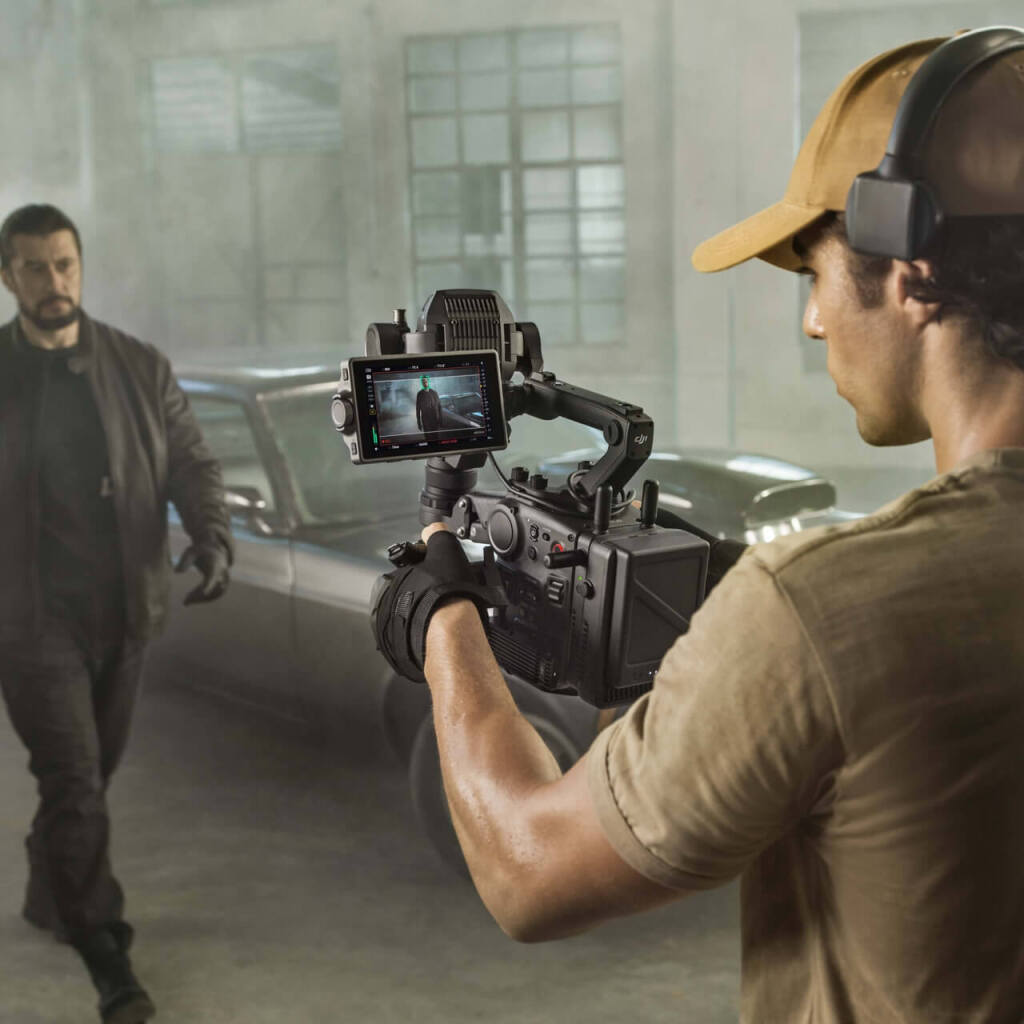
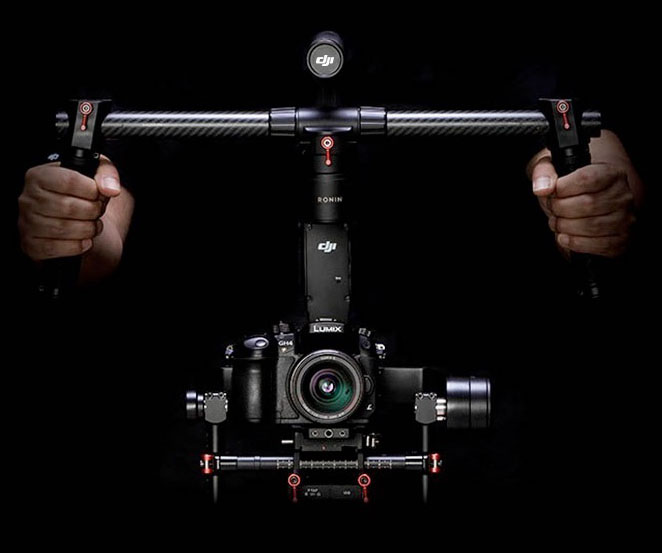
DJI Ronin and Ronin-M Gimbals
The DJI Ronin was one of the first to really make an impact, back in 2014. It could safely hold the cameras of the time, such as the Canon C300, fairly comfortably. However it was prone to random and sudden misbehaviour, as the motors would suddenly decide to cut out or spin off in another direction mid-shot. It was far from reliable, but for £200 a day to hire it was a small price to pay in comparison to the full steadycam vests.
Then in April 2013, DJI brought out the Ronin-M. Smaller and more lightweight than the original Ronin, there was a lot of talk at the time of it not being substantial enough to hold the modern cameras. However we saw an interesting shift. Instead of the Gimbal not being big enough, many people looked at it as the camera not being small enough. The market at the time was evolving with the introduction of the lightweight DSLRs, such as the Canon 5D Mk III and Panasonic GH4.
On their own, the DSLRs would not be considered good enough for most productions, but combined with gimbals? We found people started shooting on the smaller cheaper DSLRs over their previous favourites, purely because the potential for smooth stabilised shots was there.
The bigger productions simply had a DSLR as well, they were cheap enough to just have as an option to use alongside the main camera, just for gimbal shots.
Freefly MoVi M15, MoVi Pro and DJI Ronin 2 Gimbals
Whilst the DJI Gimbals had opened up stabilisation options to the DSLR market, another type of camera was getting smaller, and that was the higher range cameras for Commercials and Films.
The Arri Alexa Classic had been replaced by the Arri Alexa Mini, and RED had just followed suit, creating a smaller box-like camera but with enough firepower for a feature film. These were beyond the Ronin and Ronin-M, and it was a style of shooting that demanded more reliability in the Gimbal shots… so Freefly entered the market.
The M15 was a great entrance, but they really came into their own with the MoVi Pro. It had everything productions were looking for. Although it was considerably more expensive that the DJI options it could comfortably take the size and weight of the Alexa Mini and RED Cameras, with reliable motors and smooth gimbal operation, meaning it was reliable and affordable. The fact that the MoVi Pro is still one of the frontrunners, shows just how ahead of it’s time it was.
DJI were obviously not going to give up their crown quietly. They released the Ronin 2 and the best gimbal came down to either situation or personal preference. Both have Pros and Cons against the other, but that’s a discussion for another day.
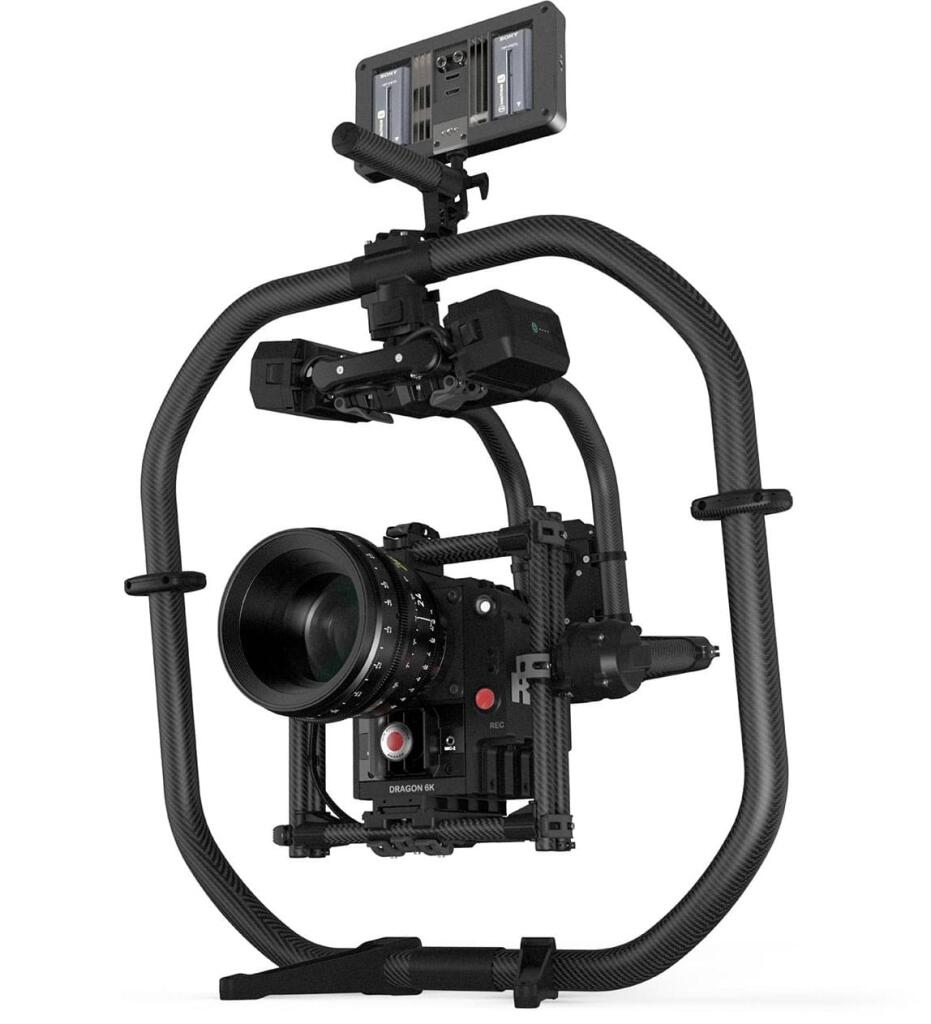
DJI RS-2 Gimbal
As cameras have become smaller and better, more and more manufacturers and models have entered the market. However, as of November 2022, there is one Gimbal that is really pushing out all others to take the crown. That gimbal is the DJI RS-2 (you can see the impressive specs on their website).
Affordable, reliable, small and lightweight, but full of features (many of which you would never use, but hey, cool to have them…) this is a product that’s naturally grown over time. From the Original Ronin, to the Ronin-M, to the Ronin-S and now the RS-2, each time improving on previous flaws and now DJI have something which has been timed perfectly with cameras such as the Sony FX range (Sony FX3, FX6, A7S Mk III) and Blackmagic Pocket and URSA Mini – ranges of cameras with high enough specification for many productions, and a gimbal at a price point that makes them a must-have. Now productions don’t even think about whether they need a steadycam shot… they take a our gimbals anyway, just in case.
Tilta’s Helping Hand to DJI
One issue these smaller gimbals have always had, and one that continues with the RS-2, is their ergonomics. The single handle was fine for the DSLRs, as you could hold it with one arm without much problem, but suddenly proper cameras are being balanced on them; they may have got smaller, but they are not DSLR size. This puts you in an awkward 2-handed hold, with your elbows in an unnatural position and an awkward walk required. Tilta saw this, and released the Tilta Ring Grip for RS-2. It has mounting points and power outputs for monitors, and moves your arms to a much more comfortable position. Combine these and you have a full Gimbal system for a huge range of cameras.
Tilta went one further with the release a few months later of the Hydra Alien Car Rigging System. Again specifically designed for the RS-2, this gives smooth tracking shots from a car, and combined with various RS-2 features even allows remote control.
Various other attachments and accessories are having releases by various brands, and many are noticing that the success of the RS-2 is the one to piggy back on to.
Will there be better gimbals coming soon? Maybe, but it’s hard to see who can knock this off the perch at the moment. (They have released an RS3, but it’s pretty much the exact same).
DJI Ronin 4D 6K
With the DJI Ronin 4D 6K DJI have gone full circle. Back to their days of the DJI Osmo, with a camera and Gimbal built in together. Only difference from the Osmo – this actually works. Full 6K camera gives outstanding quality, and because it’s a fixed setup there is no need to deal with the fiddly adjustments with different shapes and sizes of camera. This will hit the spot for people willing to compromise a little bit of overall quality, for a large amount of rigging time saved.
